Dr. Terry Bryan
Civil War Monuments
The Civil War was still fresh in many minds in the early days of postcards. Communities spent large amounts to commission memorials to their hometown soldiers and sailors. An entire generation of young men was decimated in the horrible conflict. The countryside was strewn with cemeteries devoted to the War dead. Every town dealt with maimed veterans; this was the first American experience with large numbers of amputees re-entering society. The wounds of that war tormented generations of Americans. Some of the symbols and monuments from those distant times still make news today.
A statue of an alert soldier stood on many village greens.
Considerable resources went into the construction of large stone structures. The 46-foot Connecticut red granite column of the Battle Monument at the U.S. Military Academy at West Point, New York was said to be the largest solid stone cylinder in the Western Hemisphere. Huge stone spheres on the platform represented cannonballs.
From the site’s dedication by General George McClellan to the completion of the monument took 33 years. Production and transport of the stone shaft rivaled work undertaken by ancient Egyptians. “Fame” in the form of a bronze woman adorns the top. The structure was designed by famous architect Stanford White.
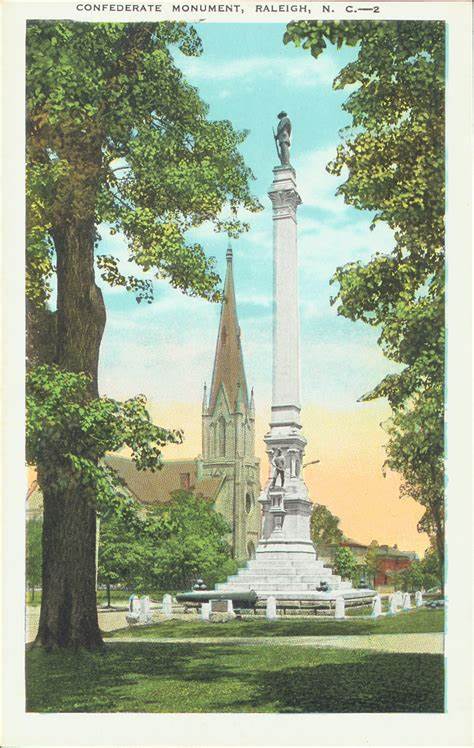
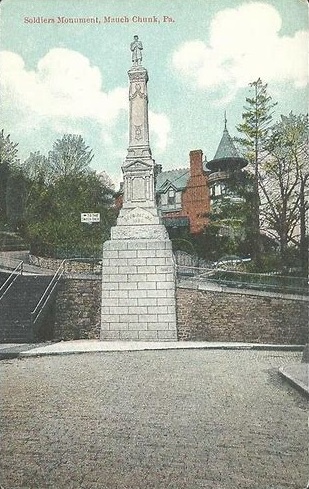
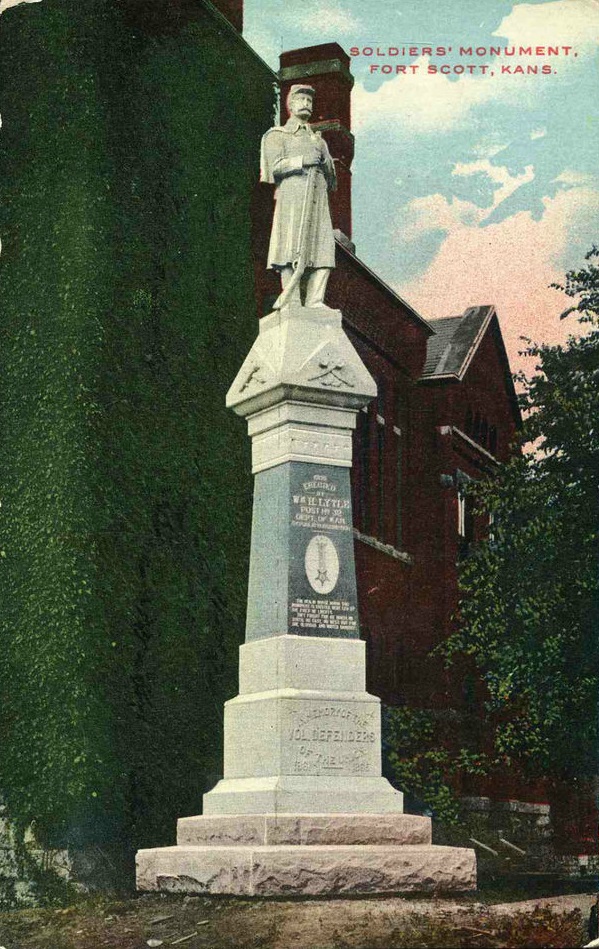
Also from the 1890s is the Confederate Monument on the Capitol grounds in Raleigh, North Carolina. Leopold Von Miller designed the 75-foot memorial with statues of southern soldiers. The stone is local North Carolina granite.
The 1880s brought nearly identical bronze monuments from the Monumental Bronze Company of Bridgeport, Connecticut, to Mauch Chunk, later Jim Thorpe, Pennsylvania, and to Derby, Connecticut. In both sites the typical bronze statue was joined to a stone base. Over the years, tablets have been added to list the communities’ more recent war dead.
Every state and territory of the era contributed troops to the Civil War. The 30-foot granite Soldiers’ Monument at Fort Scott, Kansas is typical of the respectful reminders of their sacrifices. The veterans’ organization, The Grand Army of the Republic, raised funds for this memorial.
Much of the South has dealt with the issue of the possible inappropriateness of monuments to the Confederacy. Elizabeth City, North Carolina has debated removal of its statue from the county courthouse grounds.
The United Daughters of the Confederacy sponsored the monument in 1911. It is approximately 35 feet high with a larger than life statue atop.
North Carolina seems to have a large share of Civil War monuments. That may equate with the almost 90% of North Carolina men (ages 15-50) who went to war and some 40,000 who did not return to the state for many reasons.
An early monument was erected in Wilmington, Delaware in 1871. One stimulus to the idea was the availability of granite columns from the 1868 demolition of the Bank of Pennsylvania in Philadelphia.
The 1780 building was designed by Benjamin Latrobe, and is considered his first masterpiece. He was later chief architect of the United States Capitol. Fundraising for any public art is controversial and difficult today, no less than in previous times. The Delaware contractors had halted work for nonpayment when a private citizen paid off the balance owed. One other Philadelphia column went to Adrian, Michigan for their Civil War commemoration, completed a year earlier.
The Wilmington, Delaware monument is an impressive 64 feet high. On top of the second-hand column is a bronze eagle on a globe, cast from melted cannon. The statue shows the Union eagle clasping a snake representing the evils of secession.
Probably hundreds of postcards picture thousands of Civil War monuments, large and small. The stones are sometimes neglected, sometimes controversial, but it is possible to stand before them and identify with the emotions that motivated the sponsors and builders. We have our wars today, attended by memories and emotional turmoil. Part of the fascination of postcard images is the connection between the past and the present.
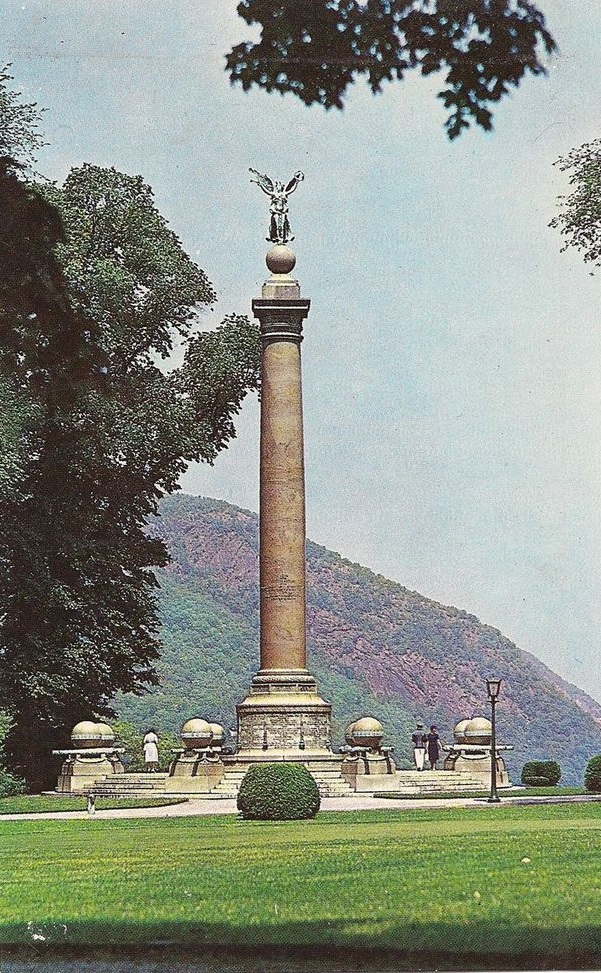

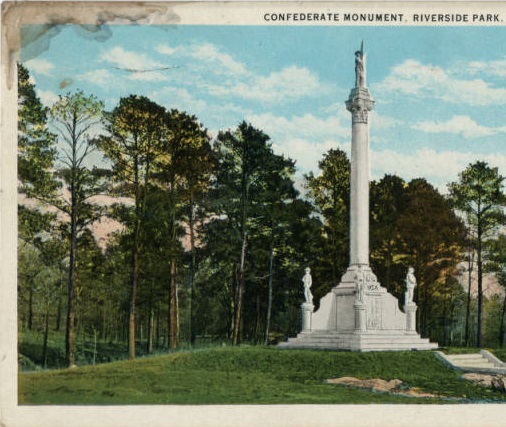


Well done treatment of a potentially controversial topic. Very informative also. Post card collecting is great fun! I encourage everyone to spread the news and get people and friends out to a local post card show!!